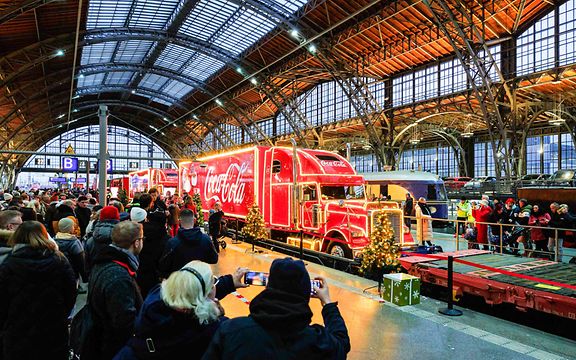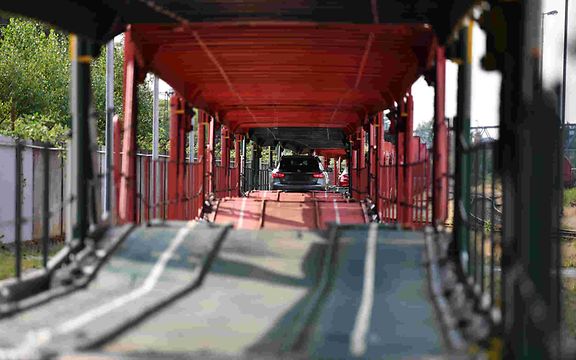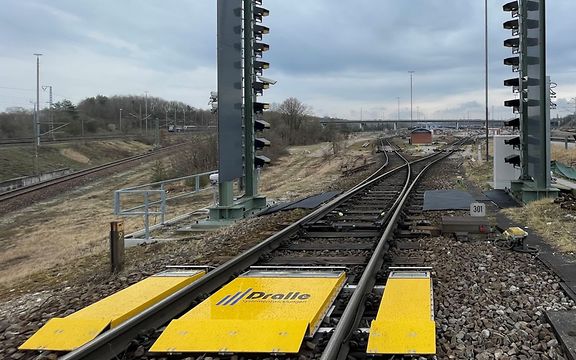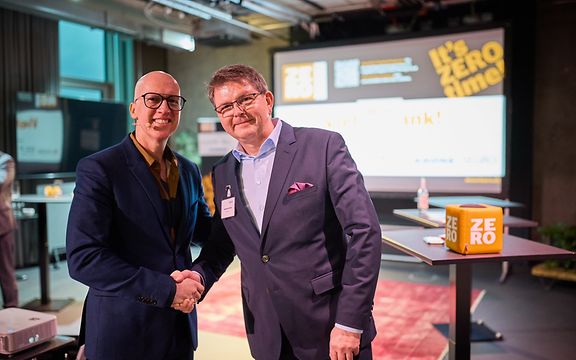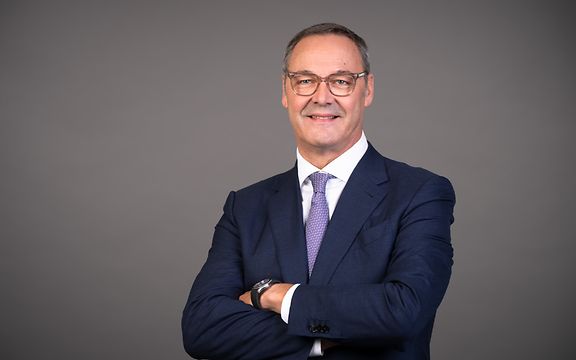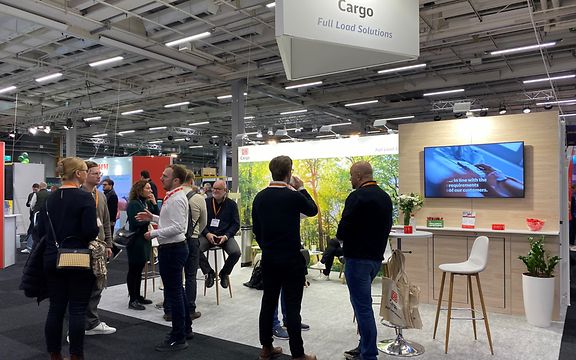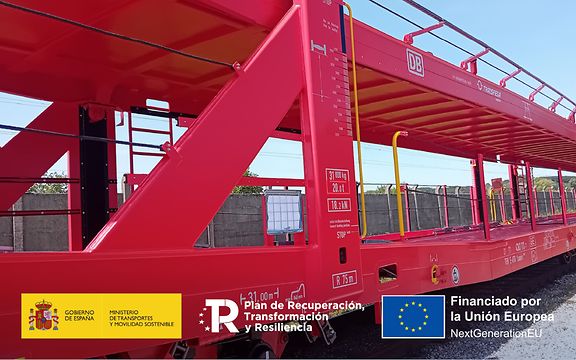Focus on: What does a rail safety manager actually do for owners of a private siding?
Introducing Linus Mörchen-Klaffke
Many companies benefit greatly from having their own connection to the Deutsche Bahn rail network. They can transport their goods directly by train without first having to load them onto lorries and drive them to a yard. These companies work in a range of industries. They not only have their own track systems, but in many cases their own locomotives, too. Often, however, they lack employees with sufficient rail expertise. This is where Linus Mörchen-Klaffke steps in.
Fit for rail transport
As a rail safety manager, he provides advice and assistance to the owners of private sidings. He also ensures the necessary safety of these companies' own rail networks by conducting regular on-foot visual track inspections and identifying where action needs to be taken to keep them legally compliant. "If tracks or rolling stock are no longer suitable for operation, we need to close the track or take the vehicle out of service. A similar principle applies to the companies' employees. We ensure that they are always 'up to speed' by providing regular training."
Profile: Linus Mörchen-Klaffke
How I came to DB Cargo:After studying electrical engineering, I worked at Hamburg University of Technology for three years. I then joined DB Fernverkehr AG, initially as a trainee and then as head of the Train Provision Control Centre and regional officer for process improvements. After eleven years there, I moved to DB Cargo in 2012.What I enjoy most about my job:The variety! My job involves lots of different tasks, ranging from customer acquisition through to contract signings and on-foot visual track inspections. Since our customers are very diverse, I gain an insight into all types of industries. One week, I'm working in a power station, the next in a scrap metal business! My hobbies and interests:I am a beekeeper with five beehives. I also sing in a chamber choir and am involved in my local church council.
A little bit of everything
As team lead, Mörchen-Klaffke is responsible for many different tasks, including customer acquisition, contract signings and managing his own team. He also provides customers with information and advice on all aspects of rail freight transport. The on-foot visual track inspections are a little more technical. "For these, we are either granted authorisation to access the company's premises and conduct the inspections alone, or the company employees responsible for the rail infrastructure accompany us during the inspection." Rail safety managers need to closely examine various factors such as the condition of the sleepers, rails, points and signals. If there is a risk of imminent danger, the track must be closed. "We then document our findings in a site inspection log, in which we classify defects by priority and propose how to rectify them."
Safety first
Each private siding must also have its own set of operational regulations that describe how rail employees must behave in the track area and how rail companies should operate a service to the customer siding. "Before a new track system can open, various issues require clarification (for example, the maximum permitted speed or the presence of any special danger zones). We compile these operational regulations and amend them following an accident or changes in legislation." However, Mörchen-Klaffke's top priority is to prevent accidents from happening in the first place.

